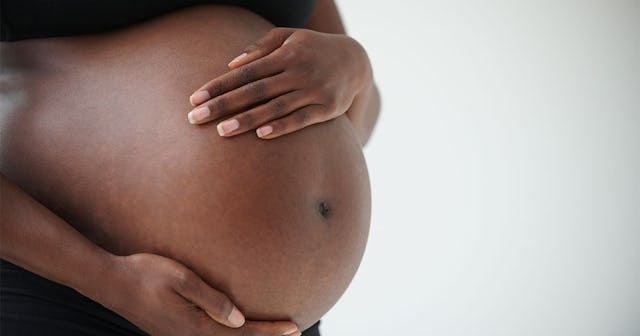New Research Shows An Increase In Women's Reproductive Life Span

A new study shows that the reproductive life span for women has increased by more than two years
With long-held messaging from the medical community that the optimal time for a person to safely achieve and carry a pregnancy is in their twenties, with fertility beginning to decline past 30 and pregnancies past 35 considered “geriatric,” it’s understandable for those who aren’t quite sure of their future plans to feel uneasy about the whole situation.
New research published in the Journal of the American Medical Association might help put you at ease, because it seems like the average reproductive years for U.S. women may be increasing from 35 to 37.1 — a bump of more than two years. The trend seems to exist because the average age of menopause has been steadily increasing worldwide, in turn boosting the reproductive life span and potentially making it easier for people in their mid to late thirties and beyond to conceive.
The study looked at trends over the past six decades, investigating both the average age of natural menopause and reproductive life span, honing in on factors that directly correlate to American women in particular.
In recent years, the U.S. birth rate has declined — though the global population is still increasing, the Centers for Disease Control and Prevention notes that birth rates for U.S. women in their twenties has continually declined. Laura Lindberg, a reproductive data tracker for the Guttmacher Institute, recently told CBS News that parenting trends have shown “a shift to [starting families] later in life. In that shift comes more education, more career, more employment. So it’s a reordering of how people engage in adulthood.”
The data shows that birth rates for women in their thirties and forties continue to rise, seemingly signaling that plenty of us have babies on the brain later in life than ever before. As for an increase in the reproductive life span, the researchers found a one-two punch of both later average ages of menopause (from 48.4 years to 49.9 years) and earlier average ages of first periods, from 13.5 years to 12.7.
Board-certified gynecologist Dr. Jennifer Ashton told ABC News that keeping an eye on these trends is always important, and could have ripple effects on women’s health overall. She explained that these changes could indicate a slight decrease in cardiovascular disease for women, but could also raise the risk of breast cancer, ovarian cancer, and endometrial cancer, also known as hormonally responsive cancers. The longer the body produces reproductive hormones could mean an increased risk of those cancers, explained Dr. Ashton.
And yes, you probably don’t need research to tell you that the longer you have your period, the longer you’ll experience the mood swings, cramping, fatigue, and other menstrual side effects, which could also mean a longer transition into menopause, which might include irregular bleeding, changes in sleep patterns, and hot flashes.
As with any gynecologic or reproductive concern, it’s never a bad idea to check in with your doctor to make sure you’re on the right track, health-wise. But you might also breathe a bit easier knowing you likely have time and options on your side.